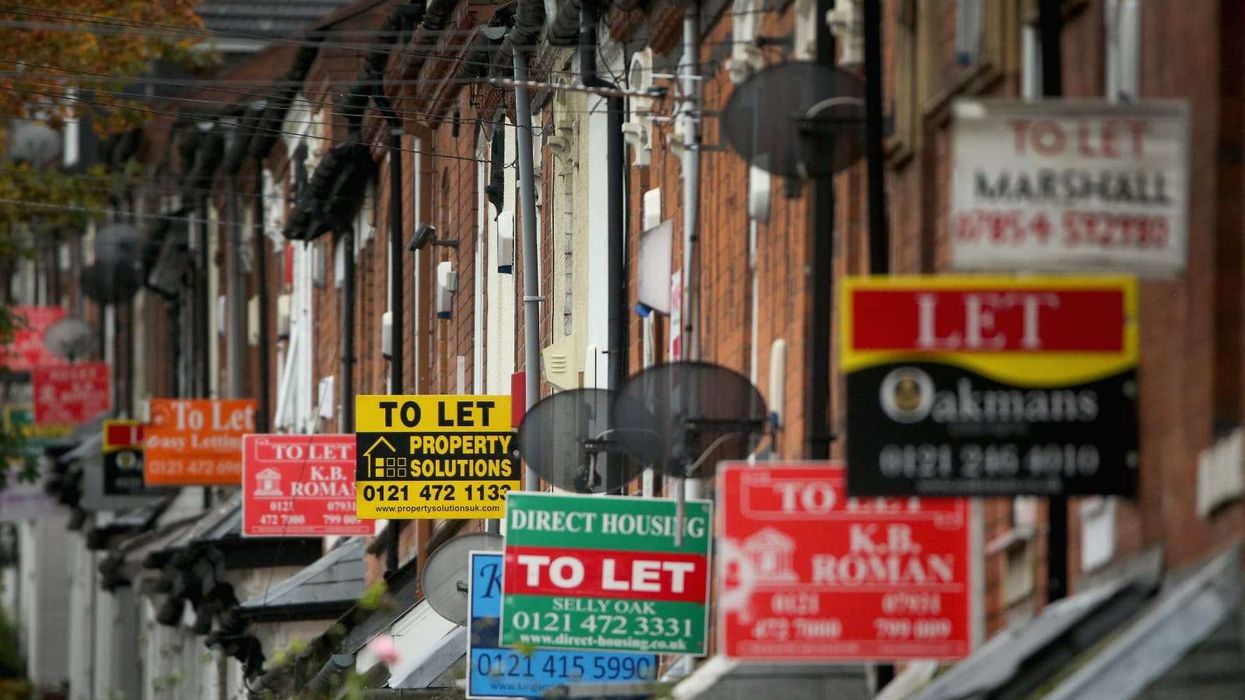CASH-STRAPPED Sri Lanka is “gradually” emerging from its worst economic crisis after the austerity of an IMF bailout, the president said last Sunday (4) in a speech to mark independence day.
Recalling the “indignity of being labelled a financially bankrupt country”, president Ranil Wickremesinghe dispensed with the customary annual address in favour of a brief statement.
The International Monetary Fund released the first tranche of a $2.9 billion (£2.3bn) fouryear bailout loan to Sri Lanka in March last year under a reform programme that saw taxes raised and prices sharply increased.
The IMF had wanted Sri Lanka to raise its revenue to stabilise the economy. “Throughout this journey, challenges will gradually dissipate, life’s burdens will lighten, the economy will fortify,” Wickremesinghe said.
Prices spiked more than six per cent last month after the government hiked taxes in line with IMF conditions to maintain the bailout loan, according to Central Bank of Sri Lanka data. The 6.4 per cent reading was well up from the four per cent seen in December, according to the bank.
However, it is still less than a tenth of the levels seen at the height of the island’s financial crisis in 2022, when inflation peaked at nearly 70 per cent.
“Inflation accelerated in January 2024 mainly due to tax adjustments implemented at the beginning of the month and weather-related disruptions to food supply,” the bank said.
Food inflation in January rose to 3.3 per cent, up from 0.3 per cent in the previous month, as the levy on goods and services kicked in.
The government raised value added tax from 15 to 18 per cent from January while an exemption on a large number of goods and services was also removed, further fuelling prices. “It is imperative that we obtain insights from past mistakes and avoid their repetition,” Wickremesinghe said.
The island nation defaulted on its $46bn foreign debt in 2022 after a foreign exchange wipeout left it unable to import food, fuel and other essentials.












